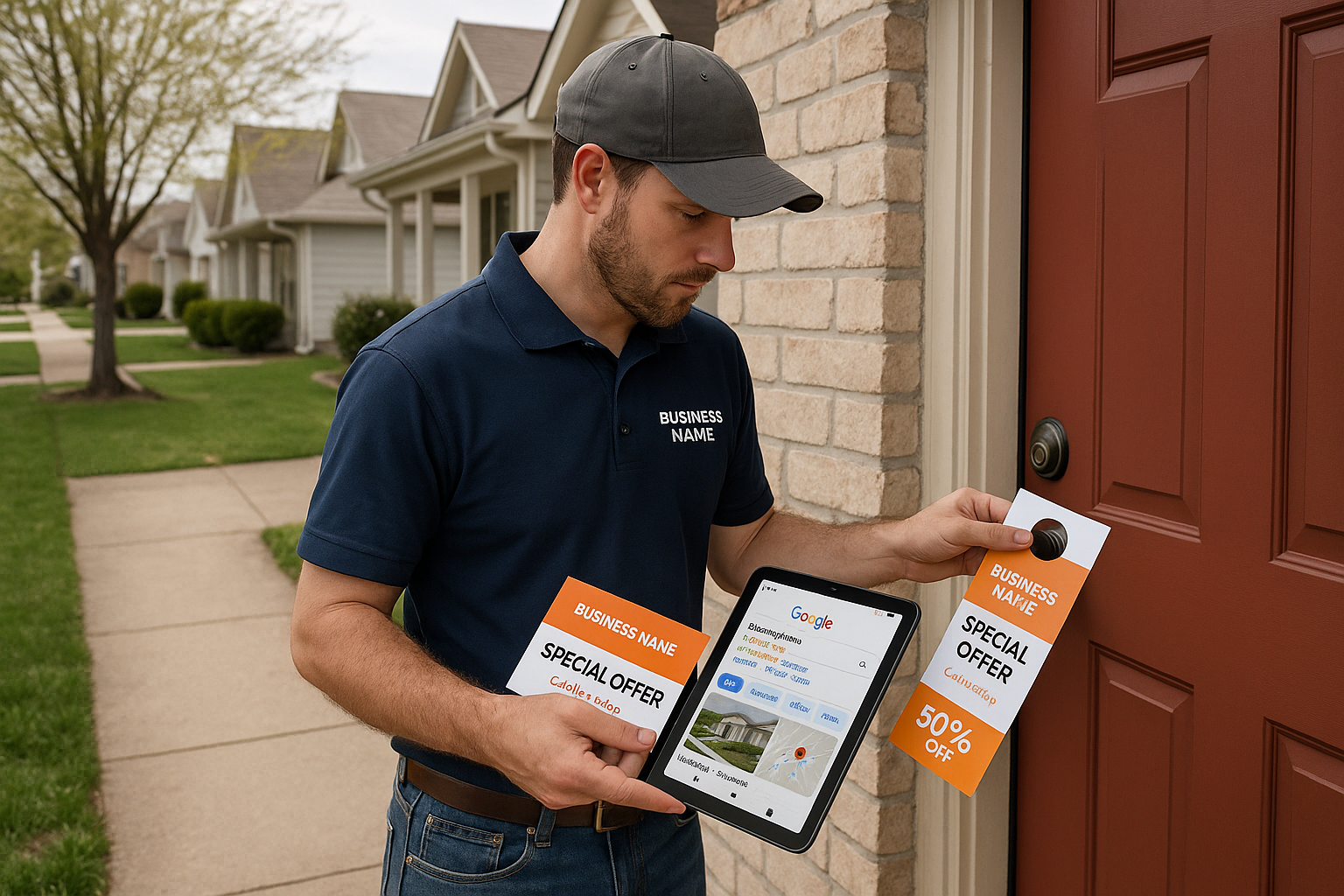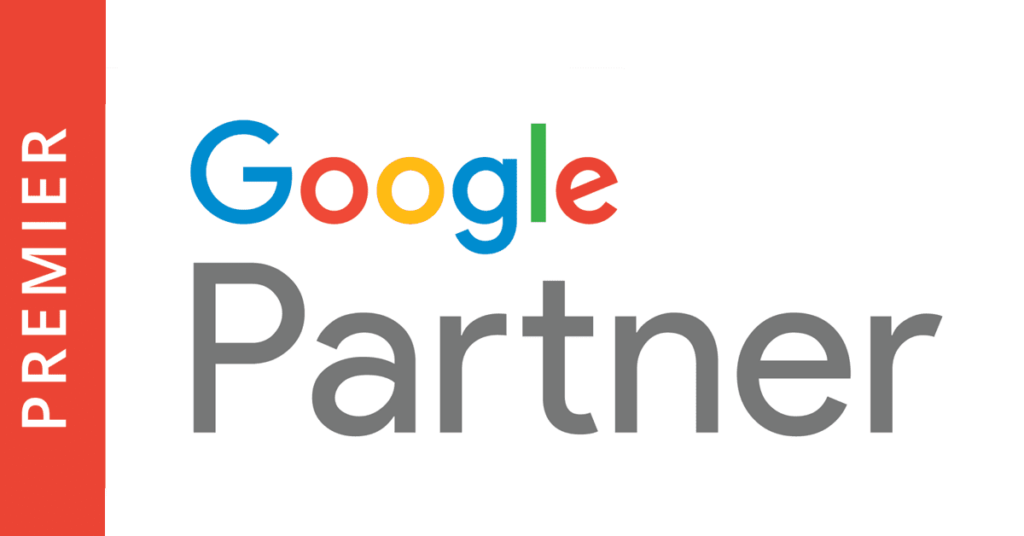Traditional blog posts and static photos on social media are starting to lose their grip. Attention spans are shorter, competition is fiercer, and the demand for real engagement is stronger than ever. If you’re serious about marketing in 2025, it’s time to put some life into your content. The answer? Interactive content. Not just throwing up a random quiz or adding a little animation, but using interactive formats strategically to draw people in and keep them around. Whether you’re a small startup or a well-established brand, building deeper connections through these formats is becoming less optional and more necessary. Let’s get into how businesses can move past passive content and start creating digital experiences that actually do something.
Why Interactive Content Is Taking Over
Content that talks at your audience is becoming noise. Interactive content does something better. It starts a conversation. It makes people pause, think, click, swipe, contribute. The modern customer wants to participate, not just consume. They want a back-and-forth that feels meaningful instead of another blog post that preaches facts they already knew.
This shift is less about gimmicks and more about human behavior. When people engage, they remember. When they interact, they form connections. Whether it’s dragging a slider across a before-and-after image, clicking through a wizard that gives personalized recommendations, or walking through a virtual experience on their phone using an AR filter, the audience is no longer passive. They’re part of the process now. That conversation makes them far more likely to remember your brand, share the content, and yes, take the next step—subscribe, follow, or purchase.
Interactive Content Trends for 2025
Every year brings fresh tactics, but 2025 is already pushing boundaries in a few exciting directions. Quizzes are getting smarter, not just being used for entertainment but for real personalization in marketing emails. Interactive videos are becoming shop-able. Augmented reality isn’t just for filters anymore—it’s being used to let customers “try on” products right from their phones without going anywhere.
Polls are getting more strategic too. Instead of just asking for opinions, brands are using them to segment audiences. Micro-surveys at the end of blog posts are guiding what content is shown next. Interactive timelines that let users explore the evolution of a topic on their own time are making posts feel less like lectures and more like dynamic discussions.
On social platforms, swiping, tapping, and reacting have become second nature. In email, even basic interactivity—like animated buttons or click-to-reveal features—are helping brands stay out of the trash folder. Landing pages are turning simple sign-ups into gamified experiences, boosting conversion rates without needing big flashy redesigns.
Creating Engaging Digital Strategies
It’s not enough to toss a quiz in your blog and hope it works. There needs to be a reason behind each interactive piece. Start by thinking about what action you actually want someone to take. Are you looking for email signups? More social shares? Time spent on site? Then match the type of interactive asset with that goal.
For example, if you’re wanting to boost lead generation, quizzes are one of the top performers. But here’s the real trick—tie the results to your products or services. Don’t make a quiz just for fun unless you’ve got a plan for how to bring quiz-takers into your sales funnel. A skincare brand might offer a skin-type quiz, then immediately suggest a tailored regimen with a discount code. That’s not gimmickry. That’s strategy.
If your goal is brand loyalty, consider interactive stories where users can navigate through different outcomes based on their choices. These branching paths not only entertain but reflect back that the brand understands customer preferences.
How to Use Quizzes That Convert
The modern quiz is many things. It’s data collection. It’s email bait. It’s user engagement gold. But it’s only as good as the logic behind it. Start with a topic that your audience genuinely cares about. Then build your quiz to deliver value regardless of outcome. Tailor each result to include educational info, product suggestions, or direct calls to action.
And don’t make people feel like they’re being funneled down a sales path. Make them feel like they’re getting tailored advice that just happens to lead them to your solutions. Even better? Segment your follow-up emails by result so their inbox experience continues the personalized tone.
Make the quiz experience enjoyable, mobile friendly, and short. No one’s sticking around for 35-question marathons. Think in terms of responses, not just completions. The more users interact, the more data you gather, the smarter your next campaign becomes.
Polls and Surveys That Go Beyond Feedback
Polls can be more than vanity tools. If used well, they give solid insight into your audience while boosting time on page. Embedding short questions within blog content or in the middle of social videos invites casual participation without being disruptive.
The key is specificity. Instead of “What do you think of this article?” try “Would you try a strategy like this in your business?” That subtle reframing boosts clicks and gives you better information for creating future content. If the poll works well, turn the data into its own piece of content. Readers love seeing how others respond, and that transparency builds credibility with your brand.
Infographics That Invite Interaction
Static infographics are yesterday’s wallpaper. Interactive infographics are what people now expect storytelling to look like. These visual tools can let users hover for more context, click for details, or scroll through step-by-step processes. With a smart design, one image can guide users through a complex idea without overwhelming them.
If you’re introducing a new feature, for example, a user-guided infographic could show how the tool works for different industries. Want to break down a process or timeline? Let users explore at their own speed instead of dumping all the info at once. This isn’t just about flash. It’s about giving control back to the user in digestible pieces.
Bringing Augmented Reality into Content
AR is starting to break out of novelty territory. More brands are integrating it with meaningful use cases. Think digital product try-ons, size visualizers, in-home design testing, and interactive packaging that comes to life through a phone screen.
Augmented reality content grabs attention but it also answers real questions—like “Will this couch fit in my living room?” or “What does this lipstick shade look like on someone with my skin tone?” And because AR requires user participation in the real world, those who engage with it are way more likely to convert. It’s not about being fancy, it’s about being helpful.
Luckily, budget isn’t the barrier it once was. Even small businesses can now access AR features through tools like Instagram filters, product plugins, or affordable app builders. It’s about finding the feature that makes the biggest difference and building from there.
Email Campaigns That Use Clickable Content
Email is far from dead, but static designs are. Interactive elements like image carousels, click-to-expand sections, and video snippets are breathing new life into inbox marketing. Even minor things like accordion tabs for FAQs or embedded rating scales can keep users engaged longer and reduce bounce rates.
Clickable content also gives you measurable data on what parts of your emails actually matter. If someone clicks on a product demo but not the testimonial, you know what to highlight next time. With personalization and automation tools, you can even adjust future sequences based on micro-interactions each reader makes.
Designing Interactive Content With Purpose
This isn’t about throwing every feature on the page and hoping something sticks. Smart interactive content has a clear purpose. It respects the user’s time and gives something useful in return. That could be information, entertainment, guidance, or exclusivity. Sometimes it’s as simple as letting a customer configure their dream product or get a fast answer without digging through menus.
The most effective digital strategies ask: “What’s making our customers stop, then click, then stay?” And they build around that. Whether you’re creating a gamified onboarding system or a mini-tool embedded in a landing page, the goal is to create moments that are worth interacting with—not just watching pass by.
The Advantage in 2025
Companies that use interactive strategies correctly are not only seeing better engagement rates, they’re building stronger customer relationships. When users feel seen and involved, they translate into warmer leads, longer visits, and easier conversions. More brands will jump onto these trends in 2025, but success won’t come from just doing what others are doing. It’ll come from doing it well, doing it with intention, and doing it in ways that build trust.
Stop thinking of content as something people consume. Think of it as something they join. Quizzes that guide, polls that ask the right questions, AR that solves problems in real-world context, scroll-based infographics that let information unfold bit by bit—all of these opportunities exist right now. Time to make your content feel more like something to participate in rather than passively scroll through. 2025 is closer than it sounds. Better make that scroll count.






